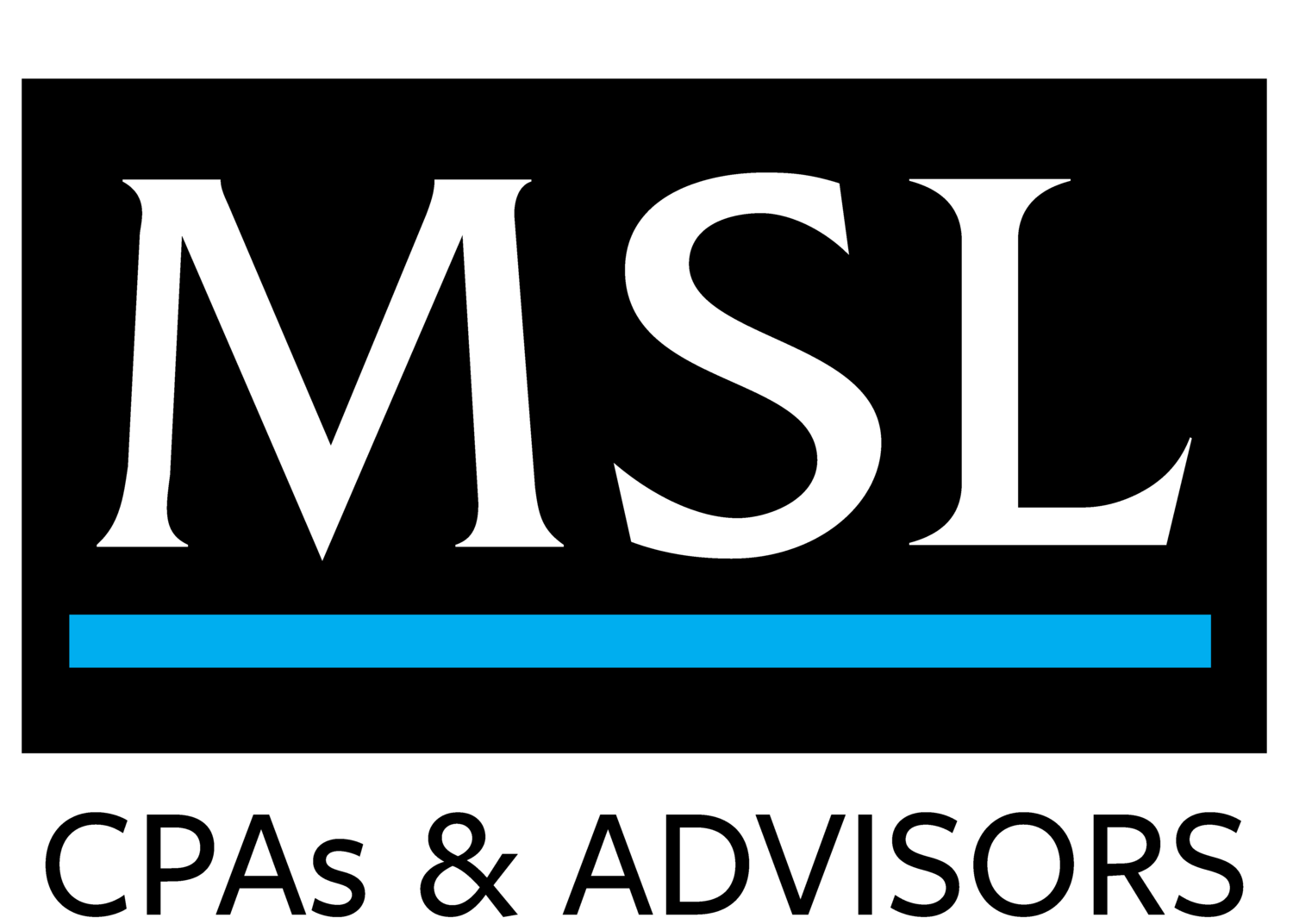EBP UPDATE
/PBGC Missing Participant Program is Open for Defined Contribution Plans that Terminate in 2018 or Later
The Pension Benefit Guaranty Corporation (“PBGC”) has opened its missing participant program to permit defined contribution plans that terminate on or after January 1, 2018 to elect to transfer the benefit of a participant who is missing to the PBGC. Beginning in January, terminating defined contribution plans will have the option of transferring missing participants’ benefits to PBGC instead of establishing an IRA at a financial institution. Participant accounts will not be diminished by ongoing maintenance fees or distribution charges, and PBGC will pay out benefits with interest when participants are found. This is only open to defined contribution retirement plans (e.g., 401(k) plans, profit sharing plans) that are terminating. It is not open to ongoing plans that cannot find participants or participants who should be receiving minimum required distributions after age 70 and ½ that is still the responsibility of the plan sponsor.
IRS Updates Substantiation Procedures for Hardship Distributions
Hardship distributions allow qualified plan participants to withdraw funds from their qualified plan accounts without separating from service when participants experience an immediate and heavy financial need. Before February 2017, IRS auditors applied varying requirements for plan sponsors to collect paper documents substantiating the hardships of participants who received hardship distributions, despite there being no formal guidance requiring such documentation. In February 2017, the IRS issued a memorandum (the “2017 Memorandum”) to its auditors stating that qualified plan sponsors were required to collect paper documentation to substantiate distributions made on account of safe-harbor hardships.
Recently, the IRS updated the Internal Revenue Manual (“IRM”) to incorporate the principles from the 2017 Memorandum; issued additional sub-regulatory guidance to plan sponsors that formalizes the requirements imposed on plan sponsors for substantiating hardship distributions. The primary takeaway for plan sponsors is that failing to maintain the required records is a qualification failure that should be corrected using the Employee Plans Compliance Resolution System (“EPCRS”).
Plan sponsors now have two methods to substantiate hardship distributions – the traditional method (which had previously been set forth in the IRM) and the summary substantiation method (from the 2017 Memorandum), which applies only to safe-harbor hardship distributions. If using the traditional method, plan sponsors must maintain each of the following in either paper or electronic format:
- Documentation of the hardship request, review, and approval;
- Financial information and documentation that substantiates the employee’s immediate and heavy financial need;
- Documentation to support that the hardship distribution was properly made according to applicable plan provisions and the Internal Revenue Code; and
- Proof of the actual distribution made and related Forms 1099-R.
Alternatively, plan sponsors may use the summary substantiation method for safe-harbor distributions. The advantage of this method is that the participant receiving the hardship distribution maintains the records to substantiate the hardship distribution rather than the plan sponsor. To utilize the summary substantiation method, the plan sponsor must notify the participant seeking a hardship of each of the following:
- The hardship distribution is taxable and additional taxes could apply;
- The amount of the distribution cannot exceed the immediate and heavy financial need;
- Hardship distributions cannot be made from earnings on elective contributions or from QNEC or QMAC accounts, if applicable; and
- The recipient agrees to preserve source documents and to make them available at any time, upon request, to the employer or administrator







